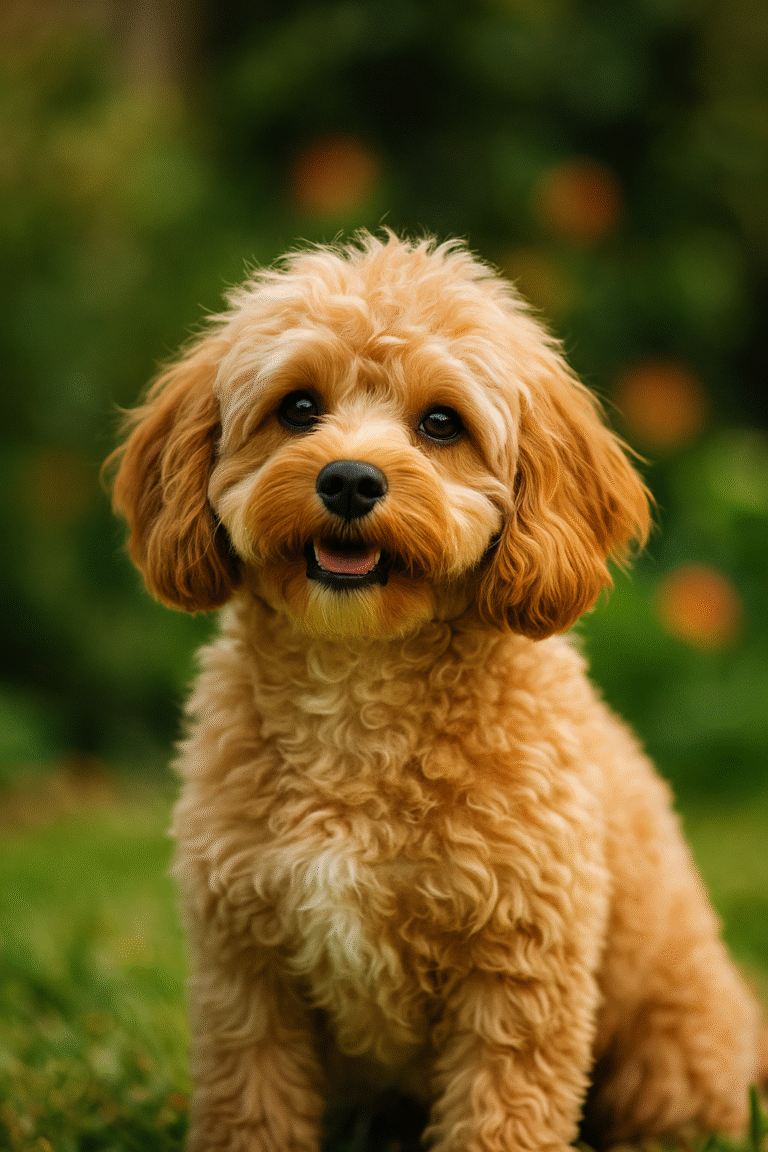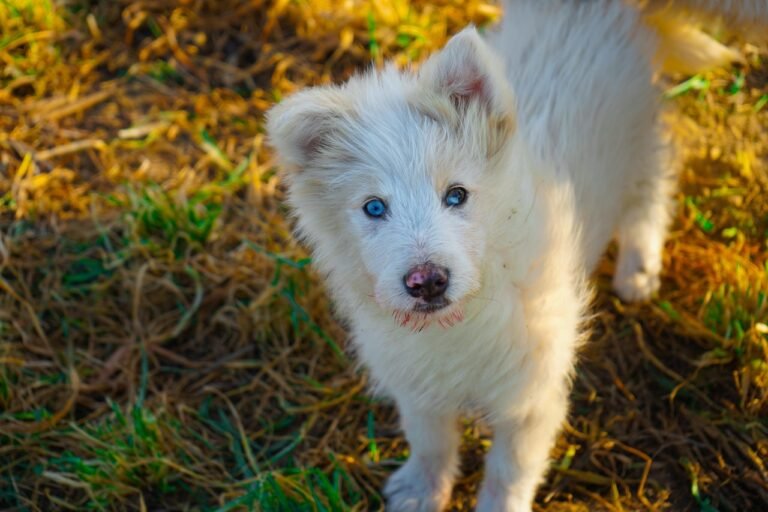The Catahoula Leopard Dog is as striking as its name suggests, with a mottled coat and piercing eyes that reflect its rugged heritage. Developed in the swamps and forests of Louisiana, this medium‑to‑large herding breed is renowned for its versatility. Hunters, ranchers and farmers prized the Catahoula for its ability to trail game, herd unruly livestock and even manage feral hogs. Despite a rough‑and‑tumble reputation, these dogs are also fiercely loyal companions who form deep bonds with their families. If you’re looking for a dog with brains, brawn and plenty of spirit, the Catahoula may be the perfect match.
A Breed Forged in the Bayou
The history of the Catahoula Leopard Dog is intertwined with the cultural melting pot of the American South. The breed’s story begins in the 1500s when Spanish explorers and indigenous peoples in what is now Louisiana began mixing local wolf‑like dogs with mastiffs, bloodhounds and greyhounds. These “wolf dogs” proved adept at hunting and guarding, and they later formed the foundation stock for what would become the Catahoula. When French settlers arrived in the 1700s, they crossed their Beauceron and other working dogs with the local cur dogs around the Catahoula Lake region. The resulting dogs were gifted herders and trackers, able to work long days in the dense bayous and open fields.
Because these dogs excelled at rounding up semi‑wild cattle and pigs, they gained a reputation as expert hog dogs and cattle dogs. Early cattlemen relied on their distinctive style of herding, where they would form a “canine fence” around animals to guide them toward pens without nipping or barking excessively. Over time, the breed became known as the Catahoula Cur or Catahoula Leopard Dog, a reference to the parish where it developed and the striking “leopard” pattern of its coat. In 1979 the Louisiana legislature named the Catahoula Leopard Dog the official state dog, cementing its place in regional culture. Though still relatively rare outside the Gulf Coast, the United Kennel Club recognized the breed in 1996 and classifies it in the herding group, while the American Kennel Club lists it in its Foundation Stock Service for rare breeds.
Appearance: A Canvas of Colors
One of the first things people notice about the Catahoula is its spectacular coat. The breed’s short to medium hair can be smooth or coarse and comes in a range of colors including blue merle, red merle, brindle, black, red and patches of white. Many dogs display a marbled or “leopard” pattern with splotches of dark and light fur. Heterochromia—two different colored eyes—is common; some Catahoulas may even have “cracked” or glassy eyes where one iris displays multiple hues. Beneath the flashy exterior is a well‑muscled dog with a rectangular body, broad chest and long, slightly tapered tail. Males typically stand 22 to 26 inches tall and weigh 50 to 95 pounds, while females range from 20 to 24 inches and 40 to 70 pounds. Their overall impression is athletic and powerful, but with a lithe agility that enables them to climb, swim and jump with ease.
Personality and Temperament
The Catahoula Leopard Dog is intense, serious and focused when working, yet playful and affectionate at home. These dogs thrive when they have a job to do and are happiest when mentally and physically engaged. A properly socialized Catahoula is not aggressive toward people, but the breed tends to be aloof with strangers and protective of its territory. Their strong guarding instinct, combined with a tendency to vocalize, makes them natural watchdogs. With family members, they can be downright silly—leaning in for affection, rolling on the floor with their favorite people and enthusiastically joining family activities.
Because of their dominant personalities, Catahoulas need firm but fair guidance from an experienced owner. They respond well to positive reinforcement and are eager to please, but they won’t tolerate harsh treatment. Consistency and clear rules help them understand their place in the household pack. Many Catahoulas coexist peacefully with other dogs if introduced correctly, though same‑sex aggression can occur. Their strong prey drive means small pets like cats or rabbits are at risk. Around children, they are generally gentle, especially when raised with them, but supervision is crucial—both because of the dog’s size and its sensitivity to rough handling. Families with older children or active teenagers are often the best fit.
Training and Exercise Needs
High intelligence and an independent streak mean that Catahoula Leopard Dogs excel in training when challenged but can become bored quickly with repetition. Early obedience training and socialization are a must. Teach basic commands, introduce new people and experiences, and expose your dog to different environments so that they grow into a confident adult. Because they were bred to problem‑solve independently, Catahoulas can be stubborn; keep sessions short, upbeat and varied to maintain their interest. Many owners find success in performance activities like agility, tracking, obedience trials and herding competitions, which offer both mental and physical stimulation.
When it comes to exercise, the Catahoula is not a couch potato. These dogs require at least an hour of vigorous activity every day and prefer having room to roam. A home with a large fenced yard or acreage is ideal. Long runs, hikes, swimming and interactive play sessions will help channel their boundless energy. Without adequate exercise, Catahoulas may become destructive or develop nuisance behaviors such as digging and barking. Because of their prey drive and tendency to roam, they should not be allowed off leash in unfenced areas, and they generally do not do well in dog parks with unfamiliar dogs.
Care and Grooming
Despite their rugged appearance, Catahoulas have relatively low grooming needs. Their short coat naturally repels dirt and only sheds lightly year‑round. Weekly brushing with a bristle or rubber grooming mitt helps remove loose hair and keeps their skin healthy. Baths are only necessary when the dog is particularly dirty or smelly, as over‑bathing can strip the coat of its natural oils. Like all breeds, they require regular nail trims and dental care. Check and clean their ears weekly to prevent wax buildup or infections—an important practice since some dogs carry the merle gene that can be associated with hearing issues. Provide them with durable chew toys and mental enrichment to maintain dental and emotional health.
Health Considerations
The Catahoula Leopard Dog is generally a robust and hardy breed with few common health issues. Responsible breeders screen for hip dysplasia and other orthopedic concerns, as these can appear in larger working dogs. Deafness is another consideration in merle‑patterned dogs; while hearing impairment does not diminish quality of life when managed properly, prospective owners should be aware. Overall, with good nutrition, routine veterinary care and plenty of exercise, Catahoulas enjoy a lifespan of 10 to 14 years.
Is the Catahoula Right for You?
Living with a Catahoula Leopard Dog is a rewarding experience for the right owner. If you enjoy an active lifestyle, appreciate a dog with a mind of its own and have the time to dedicate to training and exercise, this breed may be a great fit. Catahoulas thrive in rural or suburban homes where they can stretch their legs and put their natural abilities to work. In return, you’ll gain a loyal guardian, an enthusiastic adventure buddy and an intelligent companion who is as versatile as the Louisiana land that shaped it.
One of the Catahoula’s most fascinating attributes is its unique approach to herding and hunting. Unlike Border Collies that rely heavily on eye contact to control livestock, Catahoulas work by nipping at heels and using their bodies to form a living barrier. In the bayous, hog hunters still rely on packs of Catahoulas to trail, bay and hold wild boar until the hunter arrives. Their webbed feet and water‑resistant coats allow them to navigate swamps and lakes with ease. This versatility underscores why the breed has remained a treasured fixture in Louisiana culture and why enthusiasts continue to champion these dogs as both working partners and family members.






